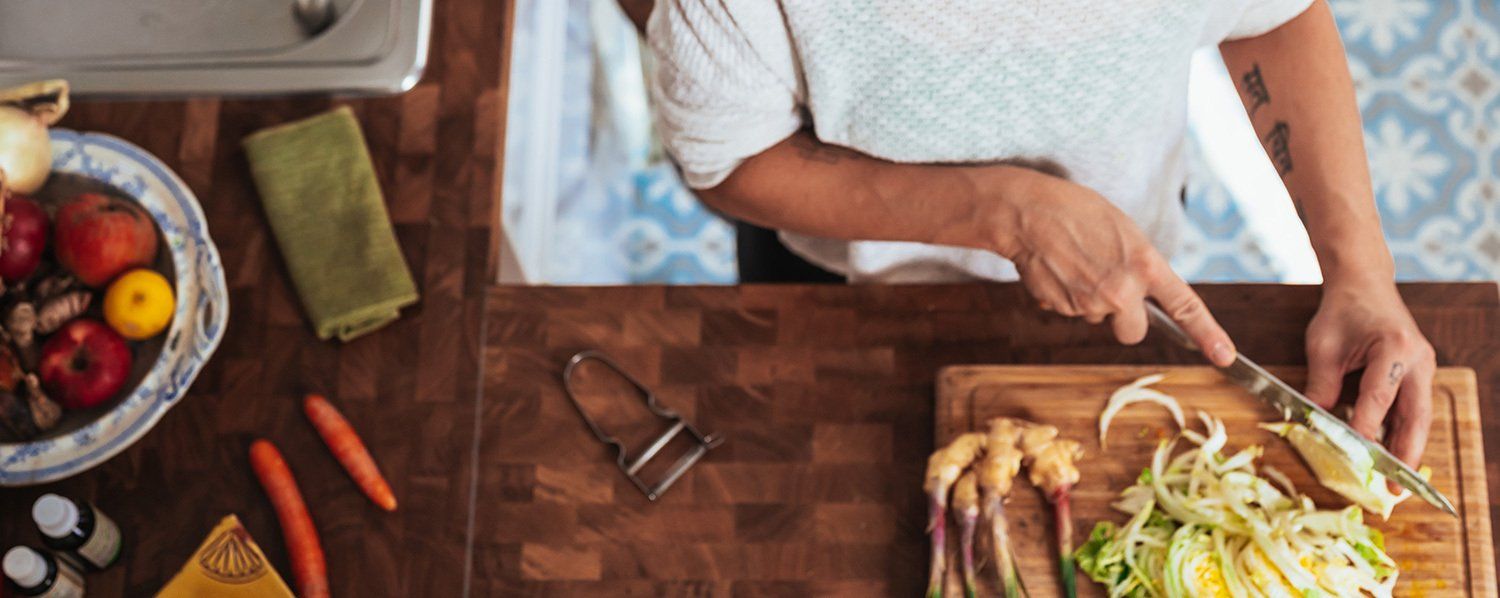Wild Swimming snobbery....are you a real wild swimmer?!
To Dry Robe, or not to Dry Robe, that is the question......
Wild swimming has become the new ‘in thing’. Increasingly, research has shown the immense psychological and physical benefits of outdoor swimming. Scientists at the Outdoor Swimming Society have revealed that cold water swimming holds the potential to reduce the impact of mental health conditions like depression, as well as improve physical health conditions like arthritis, MS and migraines. With the closure of exercise facilities in 2020 due to the pandemic, it is no wonder so many people have taken to the waters. In recent months however, a debate throughout the wild swimming community has appeared…What makes you a REAL wild swimmer?
A seemingly funny and trivial question, a recent article by the guardian exposed a clash between ‘newbie’ wild swimmers and old school ‘hardies’. Experienced hardcore swimmers in Ireland posted signs all around the coast reading: “By order: no dryrobes or dryrobe types!!! Or “Warning: beware of dryrobe w**kers.’’
Dryrobes are warm, fluffy and versatile changing robes that have become increasingly popular amongst wild swimmers throughout the world. Much to the dismay of ‘hardie’ swimmers who choose to dry off in nothing but their trunks or cozzies. Dryrobes aid the post-swim warm-up process and help settle your body temperature. This little controversy has left a sour taste throughout the wild swimming community. I can’t help but think this ‘gatekeeping’ from more experienced swimmers about who and what makes someone a ‘real’ wild swimmer, is a little harsh! It might even put people off getting involved with this transformational healing activity in the first place.
Ultimately wild swimming, particularly in winter, can be an intense experience for your body. As someone who loves the exhilarating chill of wild waters, using the robe I was gifted at Christmas has allowed me to continue swimming all winter despite near zero temperatures. Surely anything that helps you take the plunge is a good thing?
As long as you’re swimming safely, who really cares what you use to assist your process? I say: ignore the snobbery and just make sure you are swimming safely!
Safety First
From planning where to swim, ensuring you swim with a companion, and warming back up correctly after, taking steps to mitigate risk and harm during your dip is essential. It’s important to remember that some people may have been swimming in cold waters for 40 years, whilst others may have taken their first plunge last week. Your swim will look different to other people’s, and that is okay! The thought of a big fluffy robe waiting for you at the end, might just motivate you to take the plunge in the first place. Like yoga, wild swimming is very much a personal journey and you should not feel pressured to ‘do it’ in the same way as other people.
With this in mind, here are some tips if you’re new to wild swimming:
- Research a safe spot.
- Take a friend.
- Focus on your breath to conquer the shock of getting in.
- Don’t spend too long in the water. Build up with practice.
- Get wet things off, and dry things on asap after getting out.
- Warm up safely after your swim- sip a hot drink.
- Layer up with a woolly dry robe and hat.
- Eat an energy filled snack to increase your body temperature.
- Take a hot water bottle to stuff inside your jumper.
- Eat lots of cake!!!
Anything that enables you to experience the gift of wild swimming should be celebrated! So, whether you pack your fleece lined robe and a hot flask of tea, or you opt to brave it without these luxuries, the benefits of wild swimming are endless and I totally recommend you getting involved. So, do your research, pack your bag of goodies, and get out there in the water!
Happy Swimming All.





